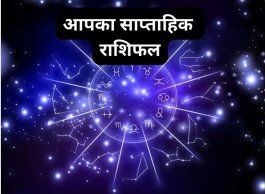Image of the Sun
Stand a mirror in front of one eyepiece so that it throws an image of the sun on to the
opposite wall of the room. Adjust the mirror until the image is sharp, and darken the
room.
You would risk damaging your eyes if you looked directly at the sun through
binoculars, but you can view the bright disc on the wall as large and clear as in the
movies. Clouds and birds passing over can also be distinguished and. if the binoculars
are good even sunspots. These are a few hot areas on the glowing sphere, some so big
that many terrestrial globes could fit into them. Because of the earth’s rotation, the
sun’s image moves quite quickly across the wall. Do not forget to re-align the
binoculars from time to time onto the sun. The moon and stars cannot be observed in
this way because the light coming from them is too weak.


=====================================

In 24 hours the sun ‘moves’, because of the earth’s rotation, once around the earth. But the hour hand of the watch goes twice round the dial. Therefore before midday we halve the distance from the hour hand to the 12, and after midday from the 12 to the hour hand. The match always points to the south. At midday, at 12 o’clock, the hour hand and the 12 both point to the sun standing in the south

introduced, the boundaries of the time zones sometimes run along state boundaries. For example, Mexico has Central time. The West European countries including Great Britain has together with the Middle European countries, Middle-European time.
According to the map, when it is 13.00 hours there it is only 7 o’clock in the morning on the East Coast of the U.S.A. in Japan it is already 21 .00 hours and on the right edge (dateline) a new day is beginning.
The time zones are shown on the world time disk pictured below.

If you rotate the disk to the left, you will find the time zones of places west of you. In each panel, the time is an hour earlier. If you rotate to the right, you will find the places east of you. In each panel the time is an hour later. The outer circle continues into the inner circle at the crossed arrows and vice-versa. For example: in New York it is 6.15 in the morning. Then it is already 20.15 in Tokyo and in New Zealand a new day will begin in 45 minutes. Or in London it is 20.03. What time is it in
San Francisco? Look at the world map: San Francisco lies in the time zone of Los Angeles. On the rotating disk go to the left to the Los Angeles panel. The time is: 11.03.
=====================================
Download full e-book attached below (you have to login to download this book)
- 204 Science Experiments.pdf
(818 downloads)
=====================================









